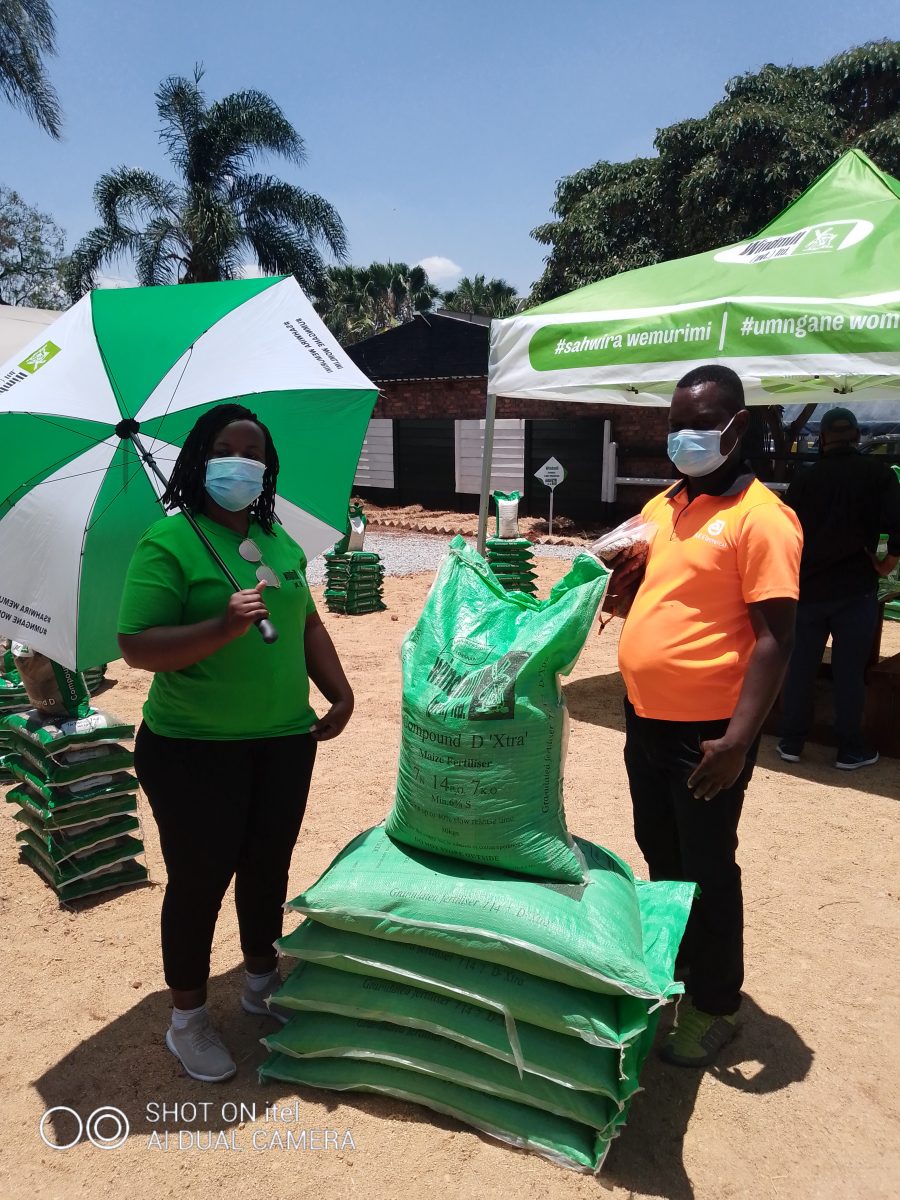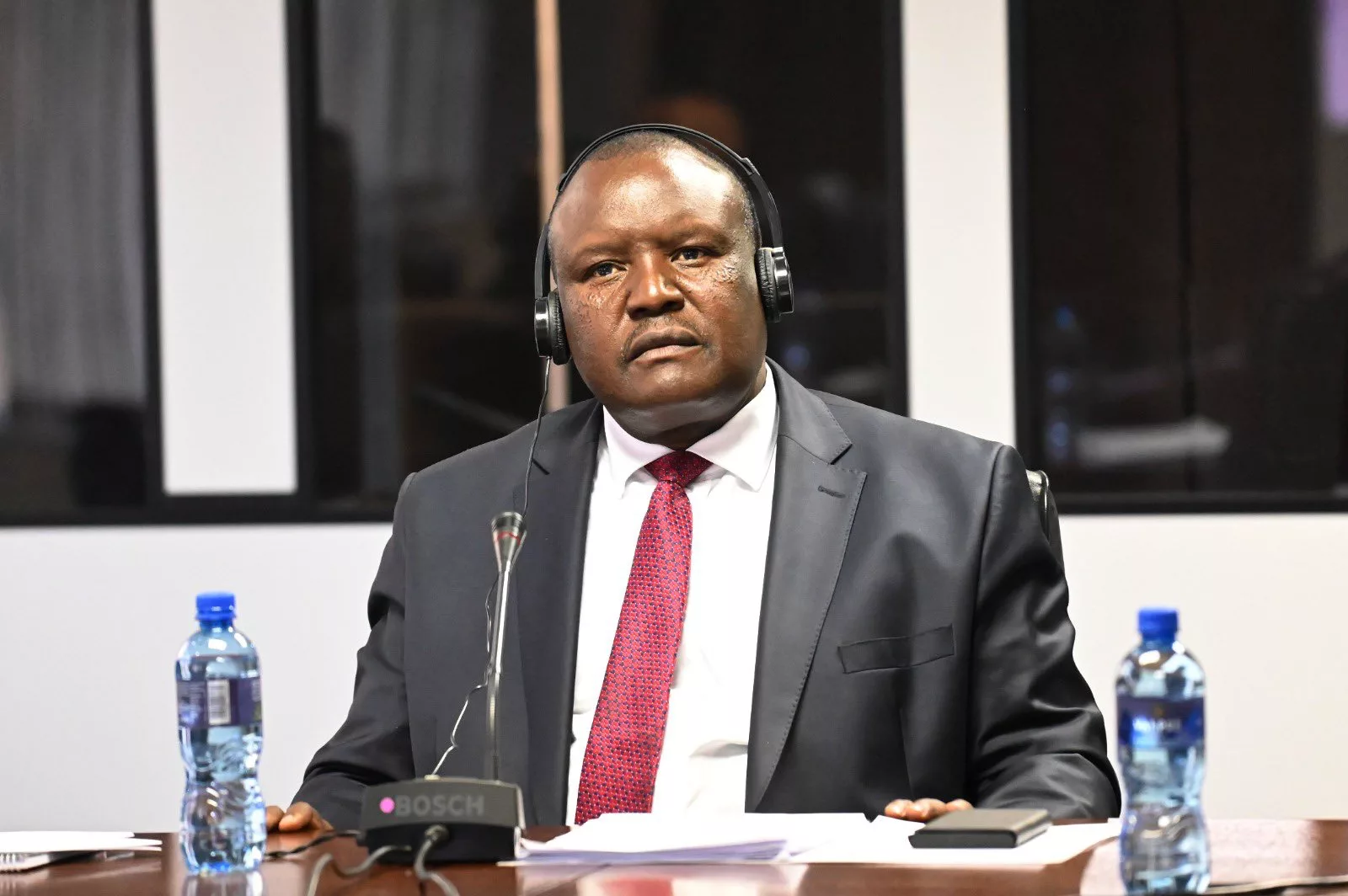Mathew M. Abang (PhD, MBA)
When compared with other regions of the world, Southern Africa’s GDP growth between 2011 and 2017 was higher than that of advanced economies. However, the Southern Africa region (the Member States of the Southern African Development Community – SADC) failed to maintain the growth momentum and had the lowest growth rates in 2018 and 2019 when compared with other regions of the world.
Following the COVID-19 pandemic, regional economic growth is projected to slow down even further. The pandemic has led to a major disruption to food supply chains and resulted in lower incomes and higher prices of some foods. This has put adequate, nutritious food out of reach for many, putting their health at risk, undermining their right to food and stalling efforts to meet Sustainable Development Goal (SDG) 2: “Zero hunger.”
Many countries are dependent on imported cereals, which makes them particularly vulnerable to these types of supply chain disruptions. According to the SADC 2020 Regional Vulnerability Assessment and Analysis Synthesis Report, close to 44.8 million people in both urban and rural areas of Southern Africa are food insecure.
Most people in Southern Africa rely on agriculture for their livelihoods. According to the SADC Secretariat, agriculture contributes between 4 percent and 27 percent of the regional Gross Domestic Product (GDP), and about 20 percent of the total export earnings. In addition to this, over 70 percent of the region’s population (of more than 347 million people) are dependent on agriculture for their livelihoods. One of the main constraints to economic growth, food security and poverty alleviation in the region is low agricultural productivity, which is partly due to the low use of fertilizers in the region. Access to good quality fertilizer at reasonable prices is a challenge to most smallholder farmers in the region.
Globally, the use of fertilizers from mineral, organic and recycled sources has contributed to increased food production. However, there are differences that exist from region to region depending on what scale the fertilizer is used, the quality standards set, and the degree of adherence to fertilizer regulations. In Southern Africa, there is a perennial problem of low productivity per unit area of production and this is mostly attributed to the misuse and underuse of poor quality fertilizers. The soils in the region lack nutrients through erosion and leaching. Over the past decade, neither fertilizer utilization nor crop yields have shown significant increases.
This is even though, African countries, under the 2006 Abuja Declaration on Fertilizers, have committed themselves to significantly increase fertilizer use from 8 kg per hectare to 50 kg per hectare by 2015. Despite this objective SADC region accounts for only 1 percent of the world consumption of fertilizer nutrients, and 33 percent of the African consumption as recorded in 2007. This represents a very low level of fertilizer use regime in this region. At the continental level, the Comprehensive Africa Agriculture Development Programme (CAADP) and the Malabo Declaration of 2004 also call for improved use of agricultural inputs, including agrochemicals and fertilizers. As of 2018, the fertilizer consumption in SADC countries (excluding Mauritius) was around 34 kg per hectare with a large variation (from less than 2kg/ha in RDC to 90 kg/ha in Botswana).
One of the major challenges of fertilizer use in Southern Africa includes the lack of a legal framework that harmonizes the trade and use of fertilizers. Such a framework can facilitate the setting up of regional standards for fertilizers and set parameters to ease fertilizer trade within the region. This harmonization should help SADC countries to improve access by farmers to fertilizers at a competitive price closer to the world market and of good quality standards. This will also ensure that the agricultural sector remains an innovative engine for socio–economic development in the region in line with SADC’s Vision 2050 and its Regional Indicative Strategic Development Plan (2020 – 2030). This calls for the development of a regional fertilizer regulatory framework to facilitate increased availability and utilization of good quality fertilizer.
To address this challenge, SADC and the Food and Agriculture Organization of the United Nations (FAO) have jointly formulated a 2-yr project (2020 to 2022), which is funded within the framework of FAO’s Technical Cooperation Programme (TCP), to develop the SADC Harmonized Fertilizer Regulatory Framework (HFRF). The HFRF will guide regional partners and Member States in the management, use and trade in fertilizer. The project will also lead to the establishment of a SADC Fertilizer Technical Committee to institutionalize the implementation of the Framework. The Committee will coordinate and monitor implementation of the framework at regional and national levels.
The sustainability of this initiative is assured because countries will participate in the framework development and align their national fertilizer regulatory frameworks to the agreed regional framework. This will empower national institutions to control and manage the use and trade of fertilizers, thus ensuring good quality fertilizer and fair trade for the benefit of the farmers in the region. The project has taken a participatory approach by involving the relevant stakeholders in the formulation of the framework right from the beginning. A regional task force made up of the national regulators will draft the regional technical regulations thus bringing in the national perspectives into the framework and making it easier to domesticate the framework in national legislations. The HFRF is also designed to address identified gaps and challenges in the fertilizer sector of the countries and therefore provides a means to address these challenges and fill the gaps. Identifying and addressing these gaps is important for creating an enabling environment for the domestication of the SADC Fertilizer Regulatory Framework as well as enforcing its mutual recognition and compliance in all the Member States.
It is obvious that a focus on food production alone will not address the complex issues of food insecurity, malnutrition and poverty in the region. Strengthening resilience of the entire food system (including food production, processing, marketing/distribution, preparation and consumption) is critical for an effective response to the COVID-19 pandemic. As international supply chains are strained by COVID-19, a sound strategy is to focus on local food production or seeking a better balance between imported and locally produced food. While industrial food production techniques may boost food production at home, this approach is limited because it is inaccessible to smallholder farmers due to cost; often requires purchased external agricultural inputs that are similarly subject to supply chain disruptions; and may be unsustainable. Agroecology, which takes advantage of ecological interactions within farm fields to improve crop yields and minimize input costs and waste is a sustainable strategy for boosting food production at home that is accessible to all types of farmers, both rich and poor.
Mathew M. Abang (PhD, MBA) is the Plant Production and Protection Officer, Sub-regional Office for Southern Africa – Food and Agriculture Organization of the United Nations (FAO)






